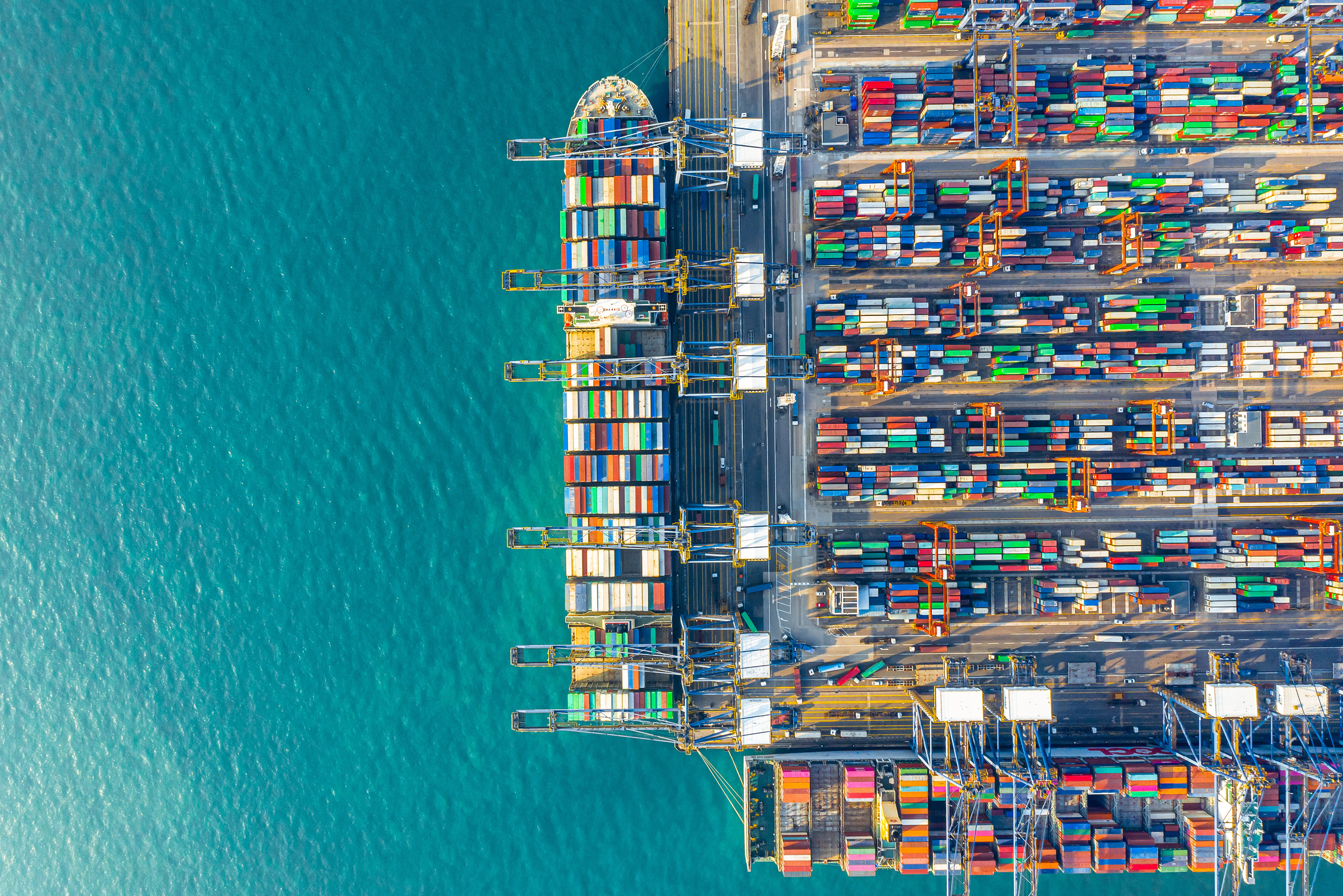Competitive Shipping Roundup: Container port congestion hitting both sides of Pacific
By Bruce Abbe
It’s not just a West Coast or even just a U.S. problem.
The port congestion clogging in the global container shipping pipeline looks every bit as severe off the ports of China as it does off the largest U.S. container ports.
A little more than a week ago, Freightwaves reported that 61 container ships were at anchor or drifting in San Pedro Bay off the ports of Los Angeles and Long Beach, the largest container ports in the U.S. which handle 50% of all imports coming into the U.S. That shattered the previous record. Later last week, that total climbed briefly to more than 70 waiting vessels. The Northwest Seaport Alliance has also reported recently that 15 container vessels were anchored in Puget Sound waiting to berth at the ports of Seattle or Tacoma.
The same thing is happening on the other side of the Pacific Ocean. As of Friday, 154 container ships were waiting to load cargo destined for the U.S. and elsewhere off China’s big container ports of Shanghai and Ningbo, Freightwaves reported. There were 242 container ships waiting for berths across all the ports of China. It’s further indication that trans-Pacific container shipping demand has overwhelmed port capacity, Freightwaves senior editor Greg Miller wrote.
“While the number of ships in the world is finite, operators can shift ships to wherever they make the most money. And the trans-Pacific is now a particularly lucrative trade: Spot rates (for imports to the U.S.), including premiums, can top $20,000 per forty-foot equivalent unit (FEU),” the publication noted. Landside capacity for rail, trucking, terminals, warehousing and storage, however, is limited on both sides of the Pacific.
Meanwhile, U.S. exporters continue to struggle to find container bookings, deal with delayed bookings or rolled cargo, and longer transit times to serve customers overseas.
Return to blank sailings
The backlog of ships on the trans-Pacific has gotten to the point that the three big ocean carrier alliances, made up of the top 11 steamship lines, are reportedly now bringing back canceled or “blank” sailings – simply because the ports can’t handle the added cargo they’d bring.
Container News reported Monday that The Alliance (made up of carriers Hapag-Lloyd, ONE, Hyundai Merchant Marine, and Wang Ming) announced 20 cancellations; the 2M alliance (Maersk and MSC) are planning 14 cancellations; and the Ocean Alliance (CMA-CGM, Evergreen and Cosco-OOCL) announced six cancellations. About 80% of the cancellations will happen in the Asia-North America and Asia-Europe trade lanes.
Extended hours at ports
Cargo shippers and the U.S. Department of Transportation have been engaging the industry, calling for the U.S. ports to adopt longer hours of operation, eventually moving to 24/7 operations like exists elsewhere globally.
The ports of Long Beach and Los Angeles announced September 17 they are about to make such a move. Mario Cordero, executive director of the Port of Long Beach said Long Beach will take its first steps toward 24/7 operations by maximizing its nighttime operations. Port of Los Angeles Executive Director Gene Seroka announced POLA will expand weekend operating gate hours. Both called on marine terminal operators at their ports to incentivize the use of all available gate hours, especially night gates, to reduce congestion and maximize cargo throughput capacity.
‘Pleading with importers’
The Journal of Commerce recently published an analytical piece that shed light on how the problems are becoming more acute because importers are not moving their freight fast enough from inland and port terminals to their warehouses. A shortage of labor and, at times, space at the warehouses are backing up congestion through the supply chain to the ports. Importers are leaving containers on chassis longer, to the extent there is a major chassis shortage inland at Chicago, Kansas City and Minneapolis and at the coasts.
“The bottlenecks in the inland supply chain have made it extremely difficult for terminal operators to plan their operations each day”with ship schedule uncertainty adding to the problems. Vessel on-time performance to the West Coast was only 15.7% and only a little better – 20.9% – on the East Coast in July, JOC reported.
‘Why are supply chains so messed up?’
If you want it all in a nutshell – or to be able to tell everyone else what is going on when they ask you, ”Why are Supply Chains So Messed Up?” – you might want to check out an opinion piece just out by Craig Fuller, CEO of Freighwaves.
Go here for his insightful comments.
Vancouver hits volume record
While supply chains seem to face ever more disruptions and delays, the fact is there is still a lot of freight moving through the system to meet high demand.
The Port of Vancouver, British Columbia, a key gateway container port serving many SSGA exporter members, announced it set a record for the first half of the year clocking 1.9 million TEU in containers handled, up 24% from the pandemic-reduced first half of 2020 and still 155% higher than 2019. While imports through Vancouver were up 20% over 2020, exports were up 29%. Go here for the full story.
Bruce Abbe is SSGA’s strategic adviser for trade and transportation.







Leave a Reply
Want to join the discussion?Feel free to contribute!